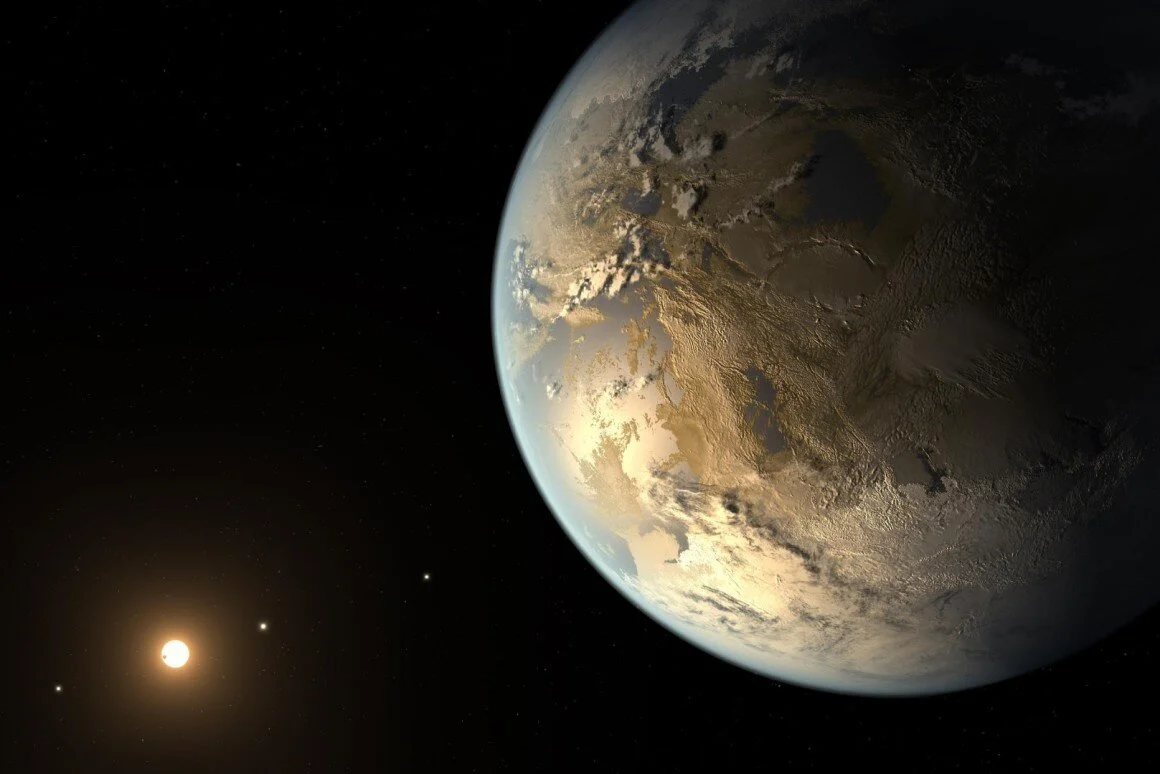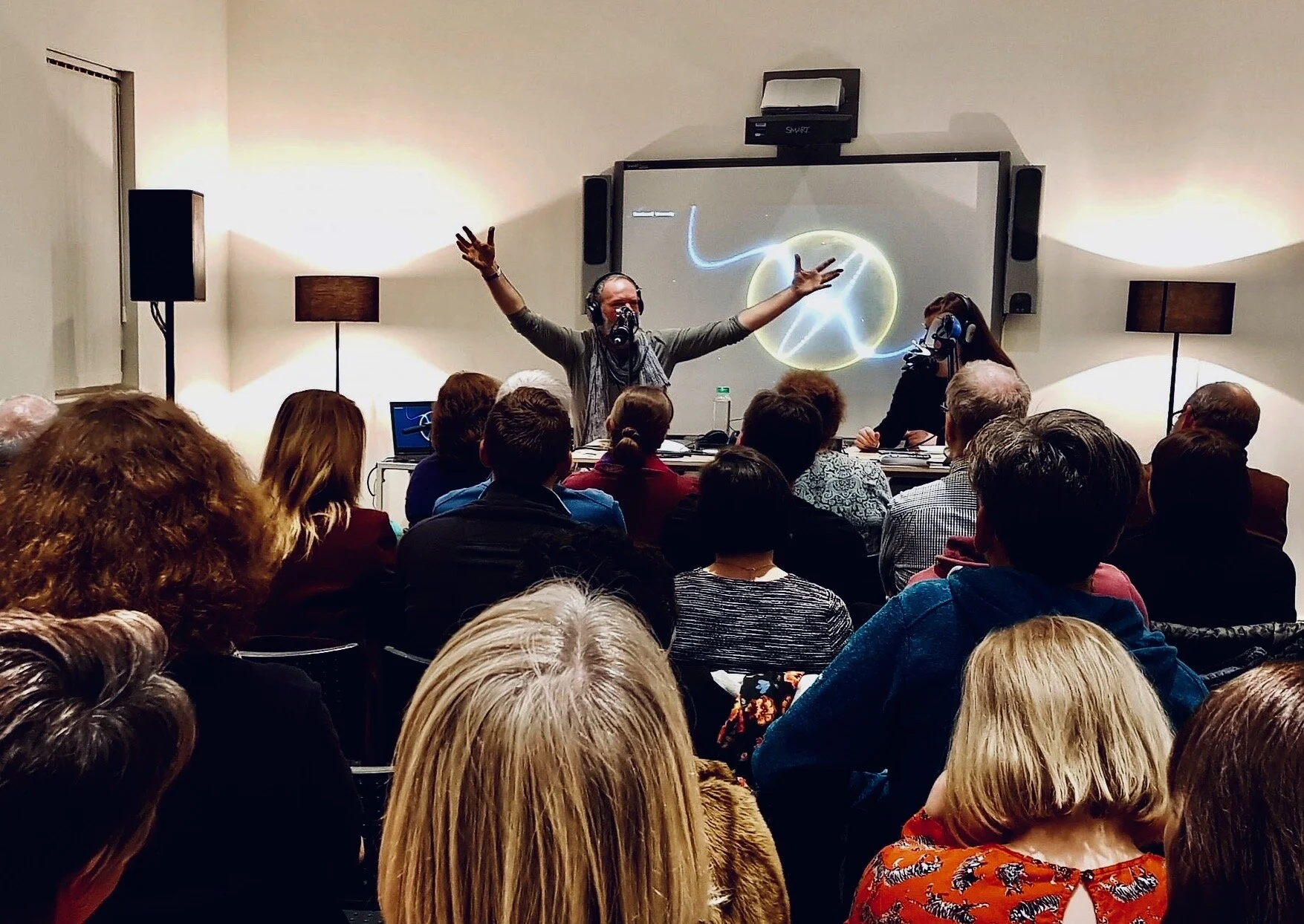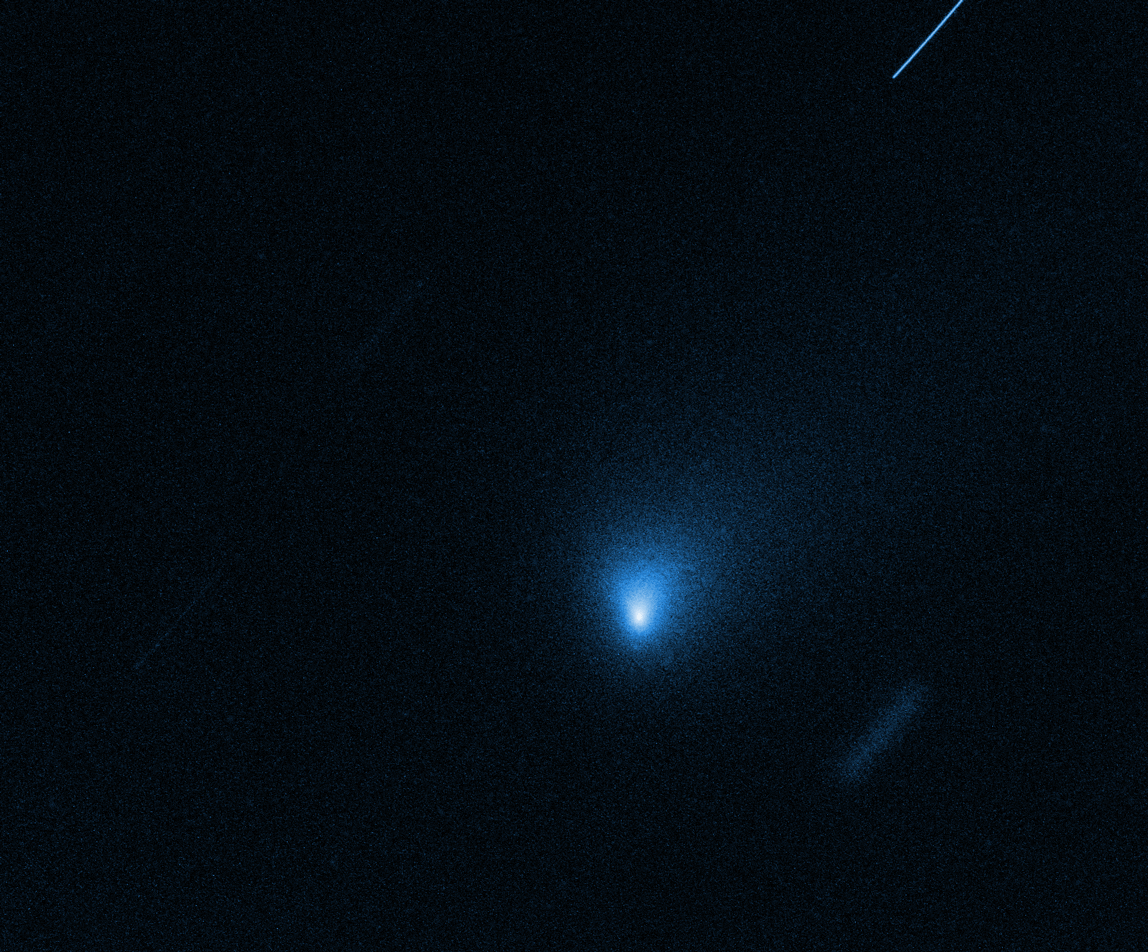
58: Astronomical Pancake Theory
For Pancake Day (mmmmm, pancakes) we celebrate all the pancake-y things in the Universe, from Saturn's rings to planetary systems, from spiral galaxies to black hole accretion discs. It's no coincidence flat, round, spinny things are common in the cosmos — it's physics, innit!

57: Ancient Stardust and Gaia Sausage
In 1969, a chunk of space rock blasted through the skies above Victoria, Australia, before making in a small, smoking crater near the town of Murchison. Keen-eyed locals grabbed as many bits of the Murchison Meteorite as they could, and it has been an object of great scientific interest ever since. Even now, 50 years later, we're still finding surprises inside — like a couple of dozen tiny grains of dust, more ancient than the entire solar system. A suggested topic from a listener (hi, mum!).

56: No Bang For Betelgeuse?
"Is Betelgeuse About To Explode?" — Forbes. "Is Betelgeuse On The Brink Of A Supernova?" — Washington Post. "Fading star heading for explosive end?" — The Guardian. Betelgeuse, the astoundingly big red star in Orion's armpit, is indeed acting weirdly, but astrophysics and Betteridge's Law both suggest the answer to the headline questions is "probably not today, no".

55: The Starlink Controversy
SpaceX do amazing work on the spaceflight and technology stuff, but they could use a bit of work on their consultation and collaboration skills. Starlink, their satellite constellation program designed to bring broadband to the globe via tens of thousands of tiny communications satellites, will increase the number of shiny objects orbiting the Earth by a factor of ten. That's a big issue for astornomers, and they're pretty upset about it. But it's bigger than that. This is about who owns the sky, whether our view of the universe deserves protecting, and gets to have a voice in decisions like this.

54: Black Hole Redemption
Typically, black holes are portrayed as monstrous, pitch-black space beasts gobbling up stars and planets — but Emily is here to salvage their reputation. See, some supermassive black holes are special: called quasars, they emit stupendous jets of energy that stretch across intergalactic space, sending shockwaves into neighbouring galaxies that can kickstart new star formation.

53: ’Tis the season(ality)
Life on Earth changes dramatically with the seasons — so much so that spotting Earth’s seasons from space is easy. Spring and summer are generally green, Autumn turns brown, and winter is white — in some parts of the world anyway. Could you detect seasons on exoplanets? And if so, could you use that as a signature of extra-terrestrial life? A tip from one of our Patreon patrons sent us in search of exoplanet seasonality, via all sorts of other biosignatures, from the technological (UFOs?), to the physical (fossils), to the atmospheric (chemicals in the atmosphere), and finally to the time-dependent (seasons).

52: Live from the Podcast Social Club!
Recorded at the first ever Podcast Social Club at Rural Arts, Thirsk, a very special edition of the show — The Great Syzygy Space Off #2! Emily and Chris compete for glory in a series of three exoplanet-themed categories: the deadliest, the most terrifying, and the weirdest and wonderfulest planets in the universe. Our fabulous audience voted for their favourites, choosing who would walk away wearing the coveted GSSO Crown!

51: Mercury in Transit!
On 11 November, the littlest planet Mercury wandered bravely across the face of the Sun — and all over the world people watched it happen through their telescopes and solar filters. Chris and Emily went our on a cold, windy Yorkshire autumn afternoon to the University of York's Astrocampus — Emily's second home. They caught a brief but satisfying glimpse of tiny Mercury silhouetted against the giant solar disc, and chatted about transits, what they mean, and what we learn from them.

50: Imposter Comet!
For only the second time, astronomers have spoptted an interstellar interloper wandering through our solar system. Comet 2I/Borisov was spoitted by amateur astronomer Gennadiy Borisov on 30 August 2019 — since then it has been imaged by Hubble and studied in enough detail to work out where it came from. (Well, maybe. These things are hard.) It's not easy to spot, but it's worth making friends with a local astronomer to get a glimpse, becuase Borisov won't be in our skies for long ...
(Image: NASA, ESA, and D. Jewitt (UCLA))

49: The Syzygy Planet Hunter's Guide
Some planets are easy to spot — Venus, for example, the morning star, the evening star. Others take a bit more effort to see with the naked eye, like Mercury, Mars, Jupter and Saturn. Uranus and Neptune require some technical assistance. And Pluto is more challenging still. Emily gives the full rundown on how you too can collect all the planets, and fill in our handy Official Syzygy Planet Spotting Scorecard!
